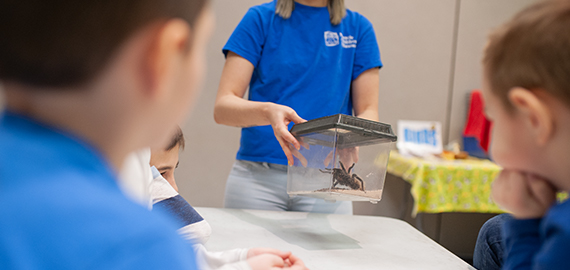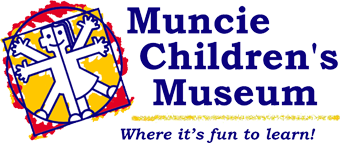
Animal Families
- Animal Families come in all different shapes and sizes. Find out how animals adapt to live in these families and survive in their habitats.
- Children will meet a MCM animal up-close and personal.
- Children will learn to identify and classify what makes up an animal family.
- Children will learn about adaptations and what animals need to survive in their habitat.
- Standards (Program best suited for students in grades K-3.)
- LS.2 Describe and compare the physical features of common living plants and animals.
- LS.3 Make observations of plants and animals to compare the diversity of life in different habitats.
- LS.3 Classify living organisms according to variations in specific physical features (i.e. body coverings, appendages) and describe how those features may provide an advantage for survival in different environments.
Learn Not to Burn
- Fire can be a scary thing to children, especially if they don’t know how to be safe. Learn Not to Burn teaches children what to do if there is a fire in their house and how and where to get help.
- Children will learn how to escape a structure fire with the most up-to-date safety instructions.
- Children will participate in a fire simulation complete with smoke and heated doors.
- Children will know how to get help in case of a fire through 911 simulators.
- Standards (Program best suited for students in grades K-3.)
- 2.1 Give examples of people who are community helpers and leaders and describe how they help us. Example: Parents, teachers, school principal, bus drivers and policemen





